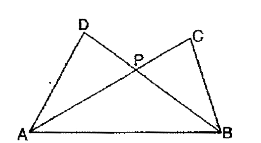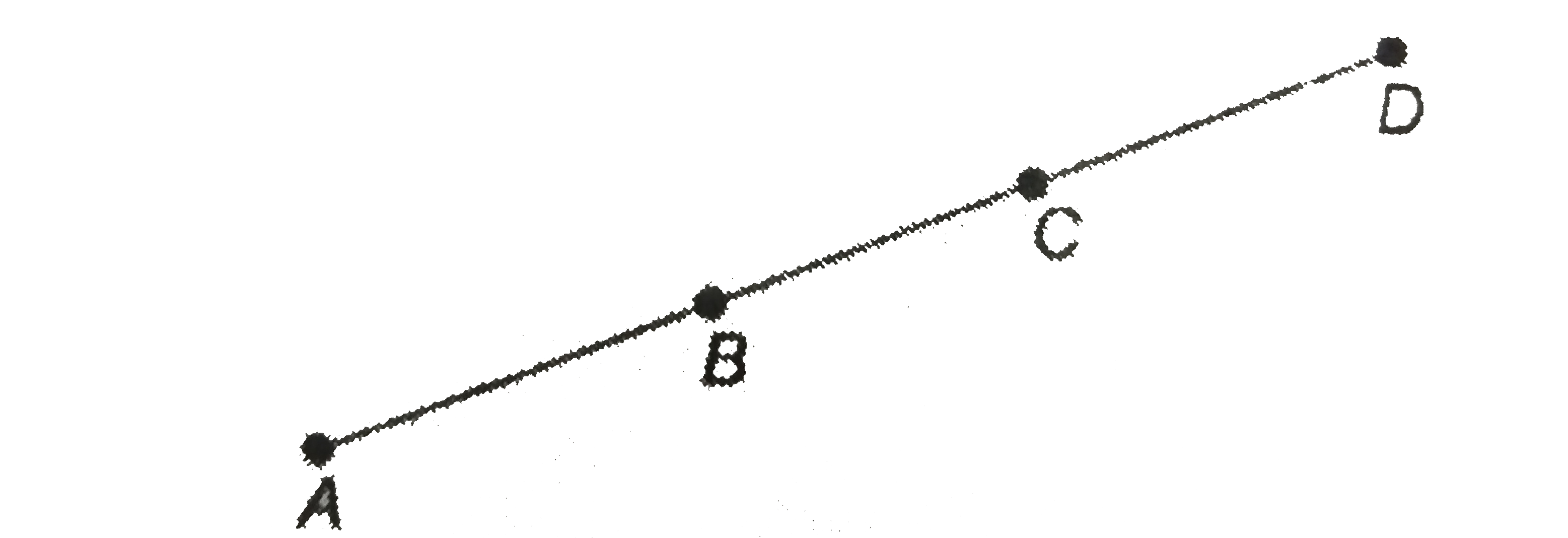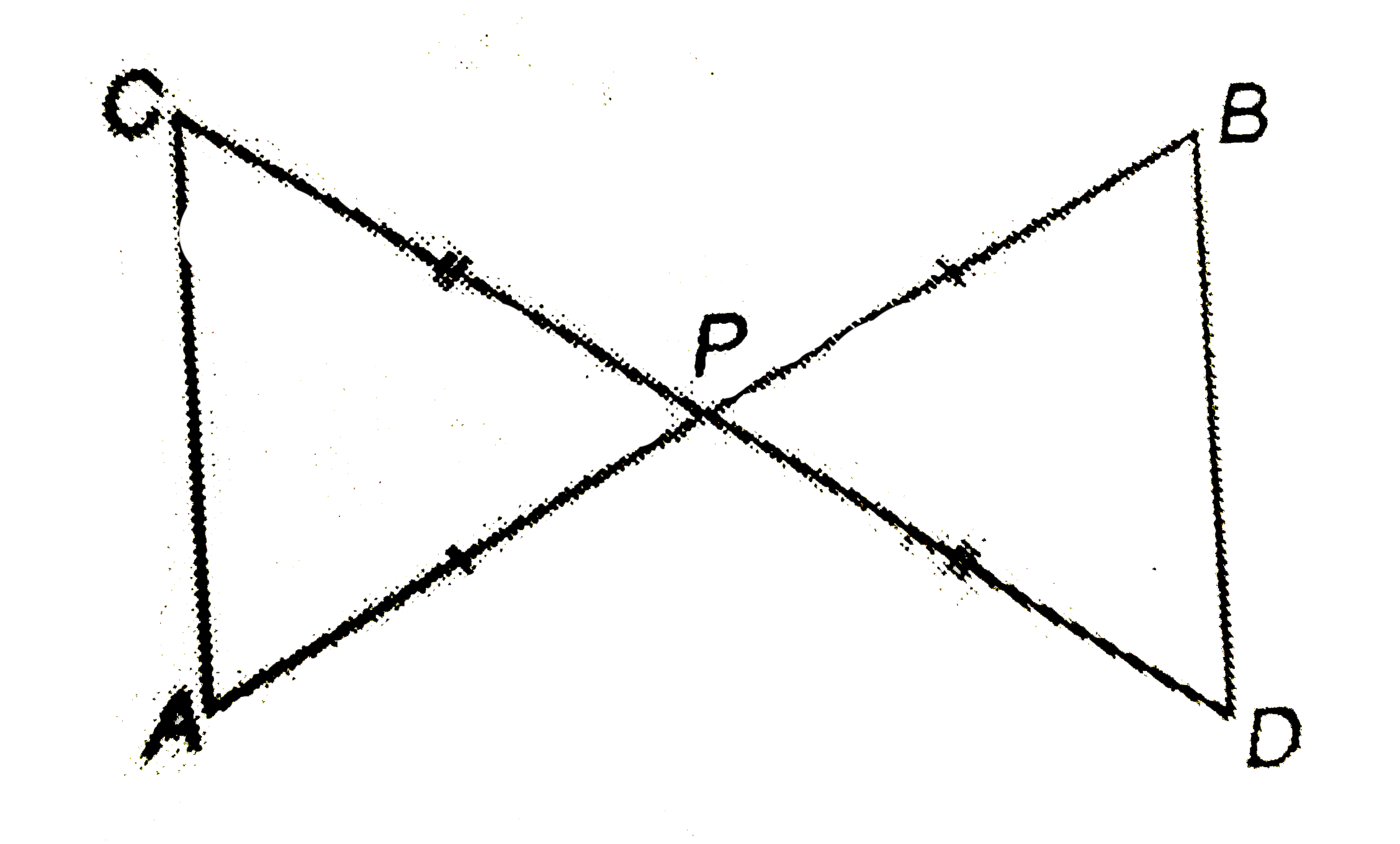In the given figure (not drawn to scale), AC = BD and if BC is subtracted from AC and BD, then AB = CD.

Which of the following Euclid's axioms explains the above result?
If equals are added to equals, the wholes are equal.
If equals are subtracted from equals, the remainders are equal.
Things which coincide with one another are equal to one another.
Things which are equal to the same thing are equal to one another.
The correct Answer is:B
Step by step video, text & image solution for In the given figure (not drawn to scale), AC = BD and if BC is subtracted from AC and BD, then AB = CD. Which of the following Euclid's axioms explains the above result? by Maths experts to help you in doubts & scoring excellent marks in Class 9 exams.
Updated on:21/07/2023Topper's Solved these Questions
- IMO QUESTION PAPER 2018 SET B BOOK - SCIENCE OLYMPIAD FOUNDATION CHAPTER - IMO QUESTION PAPER 2018 SET B EXERCISE - Everyday mathematics
10 Videos
- IMO QUESTION PAPER 2018 SET B BOOK - SCIENCE OLYMPIAD FOUNDATION CHAPTER - IMO QUESTION PAPER 2018 SET B EXERCISE - Achievers Section
5 Videos
- IMO QUESTION PAPER 2018 SET ABOOK - SCIENCE OLYMPIAD FOUNDATION CHAPTER - IMO QUESTION PAPER 2018 SET AEXERCISE - ACHIEVERS SECTION
5 Videos
- IMO QUESTION PAPER 2020 SET 1BOOK - SCIENCE OLYMPIAD FOUNDATION CHAPTER - IMO QUESTION PAPER 2020 SET 1EXERCISE - Achievers Section
5 Videos
Similar Questions
Knowledge Check
In the given figure, BD⊥AC , the measure of ∠ABC is
 A60∘B30∘C45∘D90∘
A60∘B30∘C45∘D90∘In the given figure AD=BC,AC=BD. Then ΔPAB is
 AequilateralBright angledCscaleneDisosceles
AequilateralBright angledCscaleneDisosceles
In the given figure if AC=BD then prove that AB=CD

View SolutionIn the given figure below, if AC = BD then prove that AB = CD.

View SolutionIn the given figure if AC = 9, find BD.

View SolutionIn the given figure, if AC = BD, then prove that AB = CD.

View SolutionIn the given figure, AB = AC and AD = AE. Prove that:
BD = CE

View SolutionIn given figure AD = BC then AC and BD are equal or not?

View Solution


